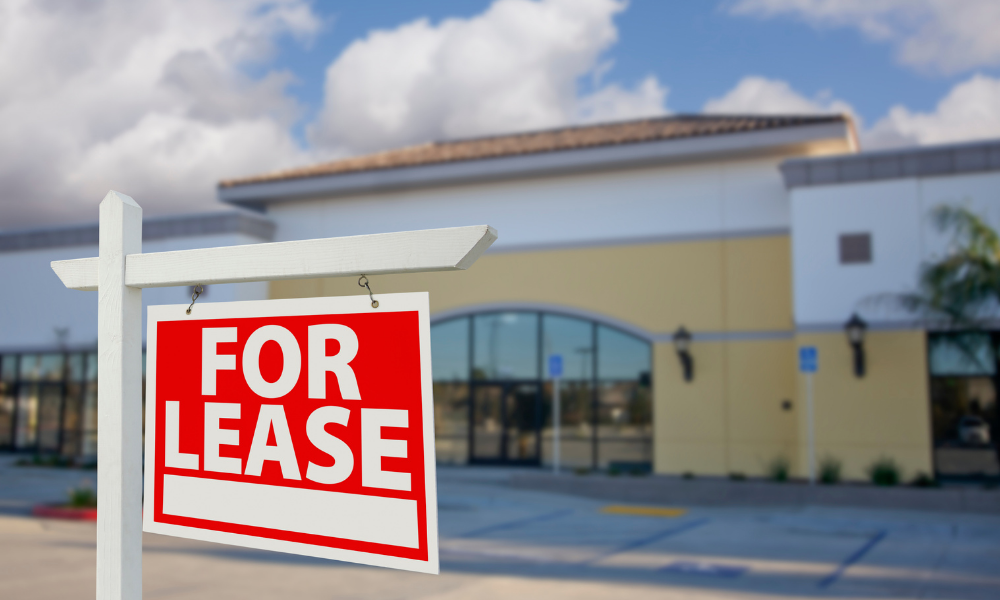Commercial real estate owners across the United States continue to struggle with the adverse financial impacts Covid-19 has caused to earnings and liquidity. While the return to something resembling a normal real estate market appears to be months, if not years, away, there are some strategies you can pursue now to extract capital from owned real estate.
Selling Your Air Rights
Depending on a property’s location, the owner may sell the so-called transferable development or air rights (“TDR”) appurtenant to the subject property for a tidy profit. New York City and Downtown Los Angeles are two such jurisdictions that permit the sale of TDRs. Prices can vary from 50 percent to more than 100 percent of the land’s value calculated on a per square foot basis to which the TDRs will attach.
Various Forms of Sale-Leaseback Transactions
A sale-leaseback transaction enables a property owner to monetize its real estate while retaining occupancy and control of the asset under a long-term lease. Owners can structure sale-leaseback transactions in many ways to extract capital, depending on their objectives. In a traditional sale-leaseback, the owner sells the property – comprised of the land and improvements – to a third-party, securing much-needed capital, and then leases it back. One alternative to the traditional sale-leaseback is where the owner sells just the land – instead of the entire property – to a third-party while retaining ownership of the improvements, and then leases the land back.
Another type of sale-leaseback is the prepaid leaseback. The owner leases the property to a third-party in exchange for a one-time lump sum payment at lease inception. The original owner then leases the property back from the third party for recurring payments over the term of the lease. One more version of a sale-leaseback transaction is the contribution leaseback. The owner contributes the property into a form of partnership, and then leases it back. In exchange for the contributed real estate, the original owner receives limited partnership interests that may later convert to cash or REIT shares.
Dividing the Property Into Parts
There are instances where the parts of your real estate assets are more valuable than the whole. Think of a high-rise apartment building with ground-floor retail space leased to a credit tenant. By dividing the building into two legal parcels via vertical subdivision or condominium – one retail and the other residential – the owner can spin off the retail parcel for a premium and retain the residential portion. Alternatively, an owner can finance one or both parcels separately on more favorable terms.
Healthcare Facilities Have Options to Unlock Value
There are many ways for a hospitals and healthcare facilities to unlock value in their real estate portfolio. They can contribute non-core real estate – like a parking structure – to a joint venture with an experienced operator. The facility receives immediate capital to invest in mission-critical items, and passes property management responsibilities to an experienced third-party owner/operator. Another example involves the housing of data. Instead of keeping critical data on-site, the hospital or healthcare facility can move its data off-site to a third-party data service provider, thus freeing real estate to unlock needed capital.
Additional Strategies
Commercial property owners have other options to extract capital. They can seek traditional debt or equity solutions based on the value and equity of their real estate holdings. They can repurpose, sell or lease unused real estate. They may find it useful to license roof-top space for solar or cellular use. They may also wish to consider selling access to their real estate to billboard and sign companies for advertising. You should note that each of the approaches mentioned above involves complex legal, tax, accounting, and other considerations, and should not be pursued without the timely advice of the appropriate professionals.

